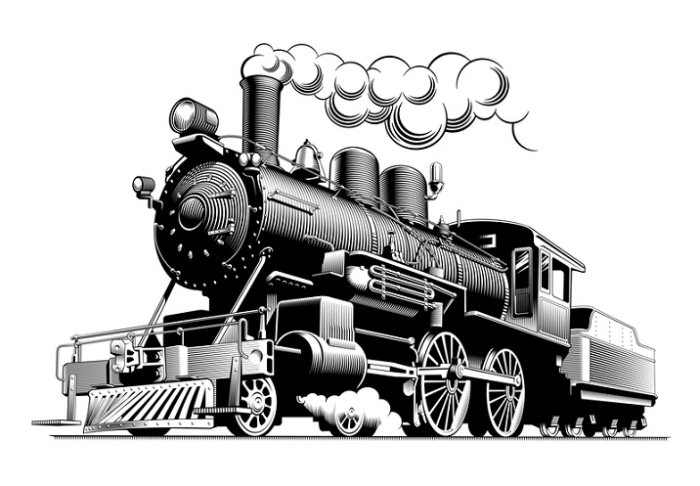
 Data Structure
Data Structure Networking
Networking RDBMS
RDBMS Operating System
Operating System Java
Java MS Excel
MS Excel iOS
iOS HTML
HTML CSS
CSS Android
Android Python
Python C Programming
C Programming C++
C++ C#
C# MongoDB
MongoDB MySQL
MySQL Javascript
Javascript PHP
PHP
- Selected Reading
- UPSC IAS Exams Notes
- Developer's Best Practices
- Questions and Answers
- Effective Resume Writing
- HR Interview Questions
- Computer Glossary
- Who is Who
What is imagery in literature?
Imagery is the literary term used for language and description that appeal to our five senses. Imagery involves the use of figurative language to represent objects, actions, and ideas in such a way that it appeals to our physical senses. The word “imagery” is associated with imagining through mental pictures.

Various types of Imagery
Visual Imagery − It is the imagery related to the sense of vision or sight. A common example of visual imagery is “A host, of golden daffodils; Beside the lake, beneath the trees, Fluttering and dancing in the breeze.” from the poem "I Wandered Lonely as a Cloud" by William Wordsworth.
-
Gustatory Imagery − This imagery uses the sense of taste. For example - The fresh and juicy strawberry is very soft and sweet.
“soft” and “sweet”, when associated with strawberries, have an effect on our sense of taste, or gustatory sense.
-
Olfactory Imagery − It is used to denote the sense of smell when the smell fills the room and infuses through our nostrils. For example- He inhaled the aroma of hot coffee.
“hot coffee” and “aroma” evoke our sense of smell or olfactory.
Kinesthetic Imagery − It is related to the sense of motion. Therefore, it has the name kinesthetic. For example - the wheels screeched just as the car stopped. The word ‘screeched’ here, is symbolic of the movement.

Auditory Imagery − It is related to the sense of hearing which uses ears. The train blew the whistle loudly. This example is related to the auditory imagery of hearing.
Tactile Imagery − It is related to the sense of touch. For example - The soft satin rolled beneath her knees. For example, satin itself denotes softness, saying soft satin further explains the touch, related to the sense organ of skin.
These are the six popular types of imagery. Apart from this, there is animal imagery, nature imagery etc, but all those are again somewhere related to visual imagery.

